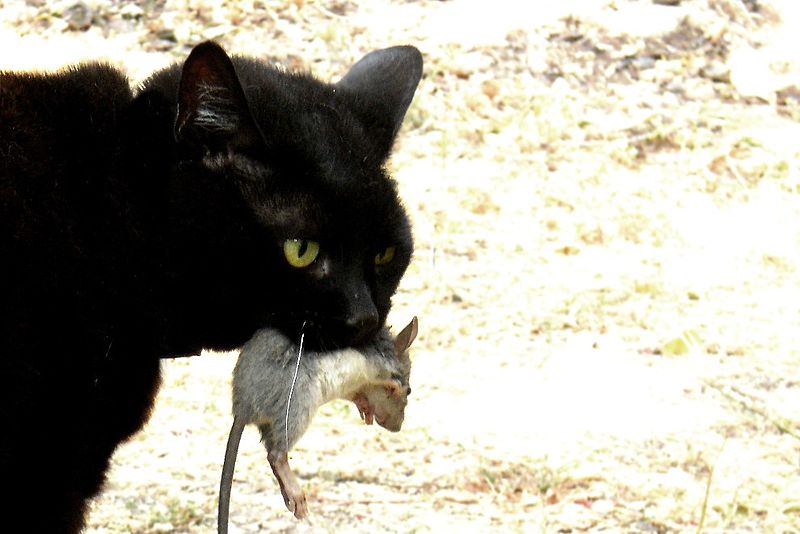Podcast: Play in new window
BOB HIRSHON (host):

A new chapter in cat history. I’m Bob Hirshon and this is Science Update.
Chinese archaeologists recently excavated the bones of two cats, dating back 5,300 years, from the site of an ancient farming village. Zooarcheologist Fiona Marshall of Washington University in St. Louis worked with the Chinese Academy of Sciences to interpret the findings. Chemical isotopes in the bones showed that the cats were eating rodents, which in turn were eating millet, the grain that farmers in the village were cultivating.
FIONA MARSHALL (Washington University in St. Louis):
So it shows us that there was an advantage for the cats, at least initially, but then ultimately, also an advantage for the humans, once they realized the cats would keep the rodents out of the grain stores.
HIRSHON:
Unlike the ancient Egyptians a thousand years later, it’s unclear whether these Chinese villagers deliberately fed the cats or kept them in their homes. But it may represent a key transitional step towards their popularity as pets today. I’m Bob Hirshon for AAAS, the Science Society.
